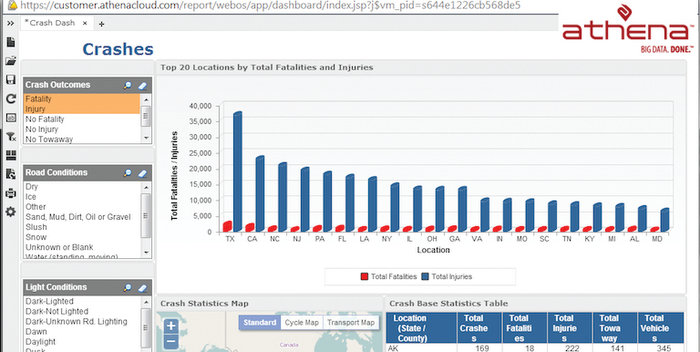With the integration of electronics into heavy-duty trucks, the hard-working fleet equipment we cover in every issue is more than just a complex engineering marvel of mechanics. Tablets and smartphones now sit beside grease and wrenches as fleets leverage new hardware and software plugged into the vehicles. Improving efficiency today goes beyond the mechanics and aerodynamics of the truck to capturing, analyzing and acting on data pulled from trucks.
Therein lies the biggest challenge in using IT solutions to improve your fleet’s efficiency—the data can only guide you into making decisions that are more efficient. Whereas spec’ing tires, transmissions and other equipment will help you control your bell curve costs and boost efficiency, IT solutions can help you streamline operations, improve your routes and equipment usage and minimize repair downtime. The difference is that you have to act.
Adoption for fleets is going to come in several forms—the first are those who choose to implement these data-driven solutions to improve their equipment usage. The other form will be a consequence of increased regulation such as the electronic logging device (ELD) mandate. Proper usage will go beyond just spec’ing a solution. Communication will need to increase, not only between the fleet manager and his or her company, but also with the supplier. As always, the technology provider will be a fleet manager’s greatest resource. This partnership will go a long way in enhancing your domain. Challenging them to prove their solutions will help ensure that your equipment usage and efficiency will increase.
It’s also crucial that you make sure your supplier is able to train and certify your technicians, so they can install the new system and share pride of ownership. Provide them access to your supplier’s technical support resource for fast and reliable service. Also conduct a pre-installation that establishes an approved model for the larger-scale implementation.
The key to properly leveraging an IT solution, such as an ELD, is in knowing your ROI and tracking that date. You should know your ROI before you start implementing an IT solution. Accept nothing less than a detailed description that reflects your organization’s specific operation and how your bottom line will be impacted. Know when your investment will be returned before you ever begin. Monitor progress closely and report to management every week to ensure visibility and a clear path to any issue resolution that may be required.
There will be those fleets that implement IT simply to meet regulations, but the smart fleets will look to lean on the data collected and analyzed by those solutions to improve their overall efficiency. As with most aspects of our lives, technology will find a way to slide its wires into all the nooks and crannies of our businesses and equipment.













